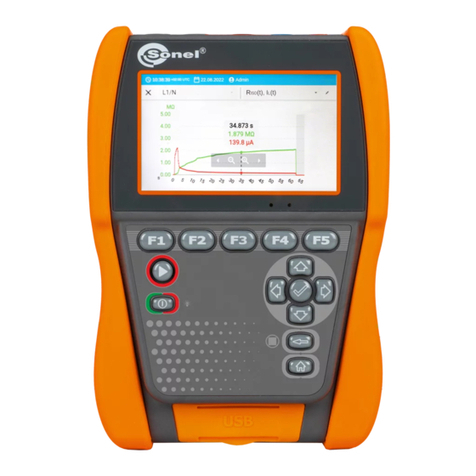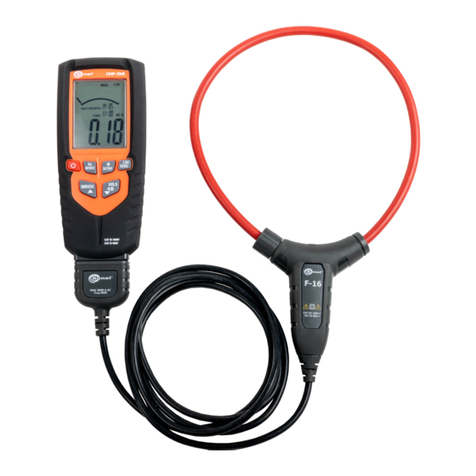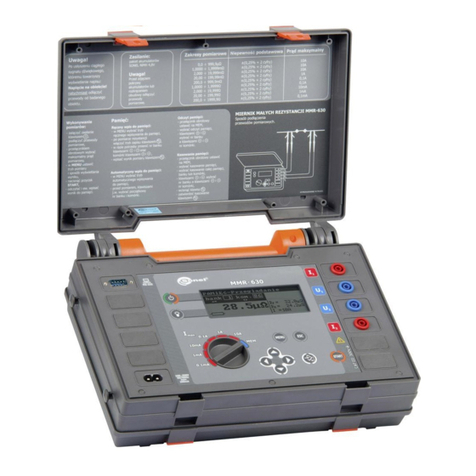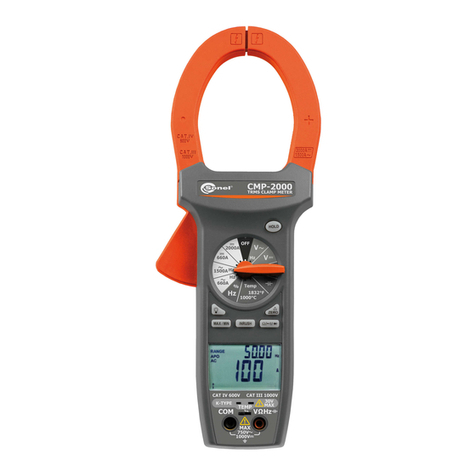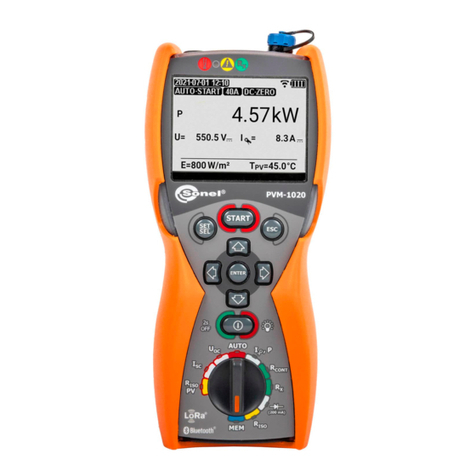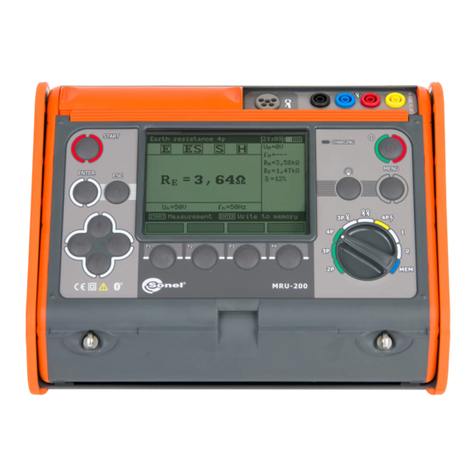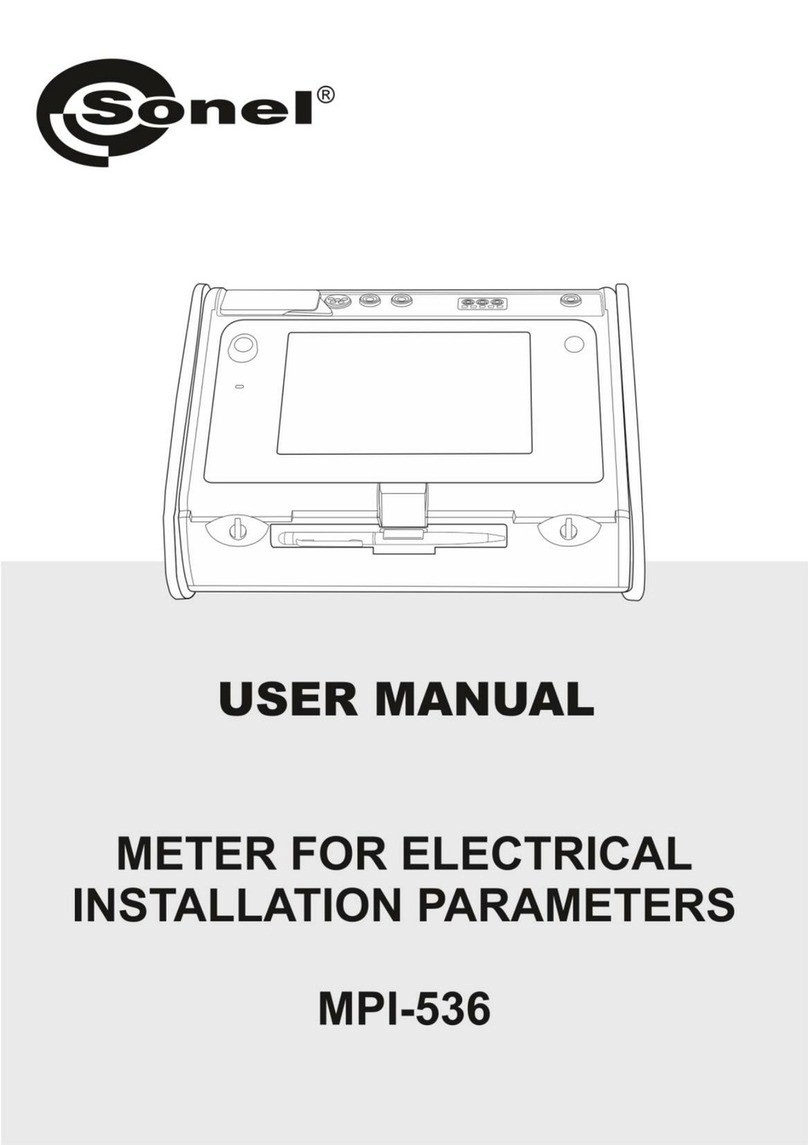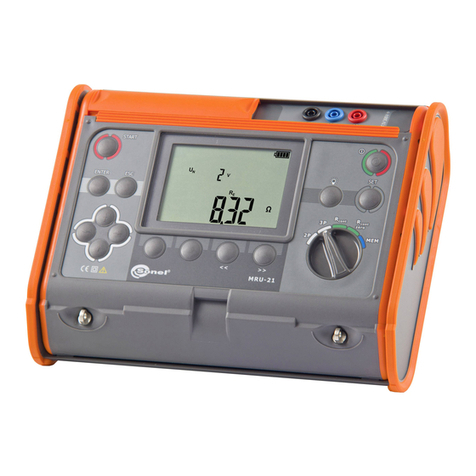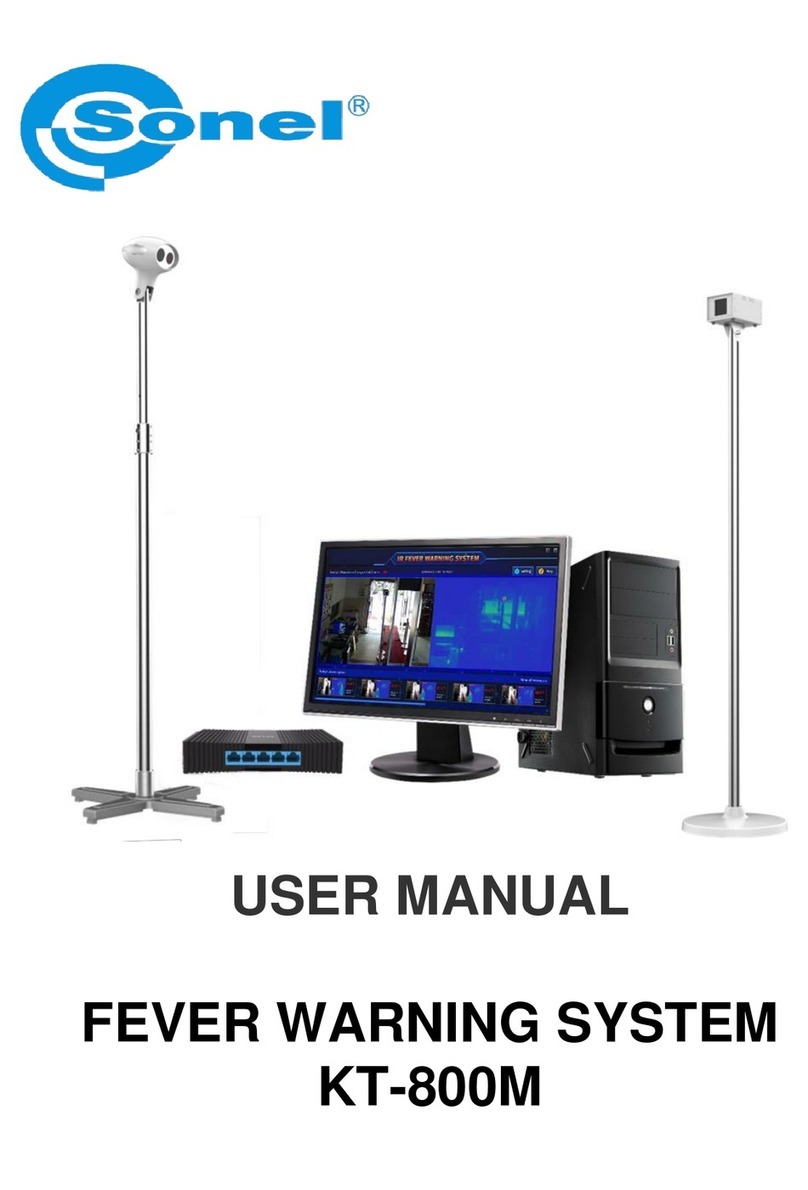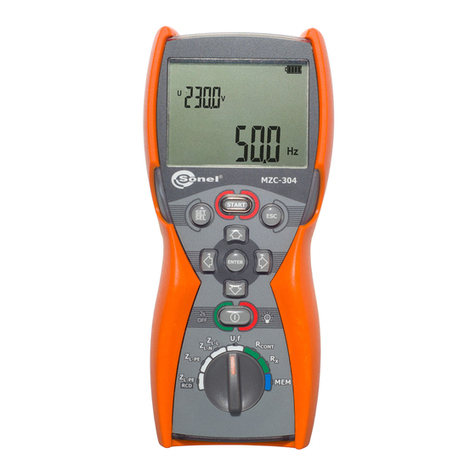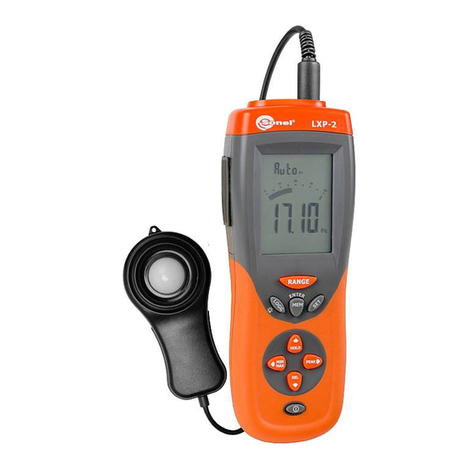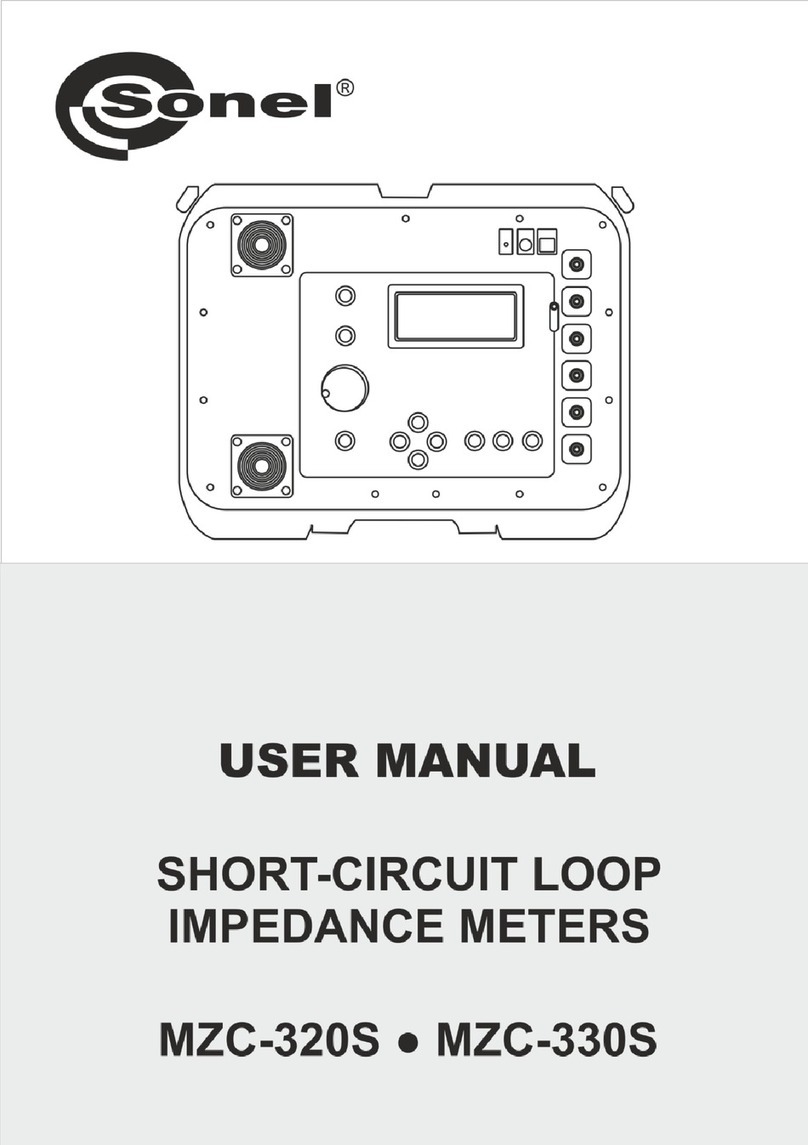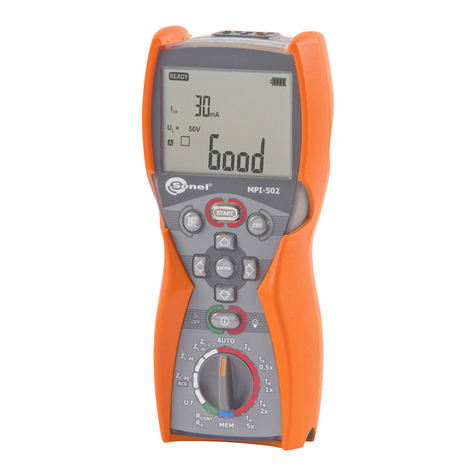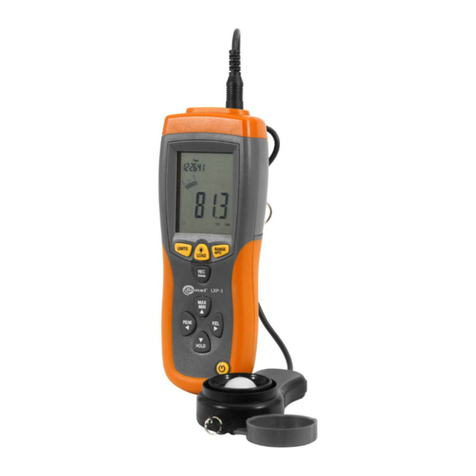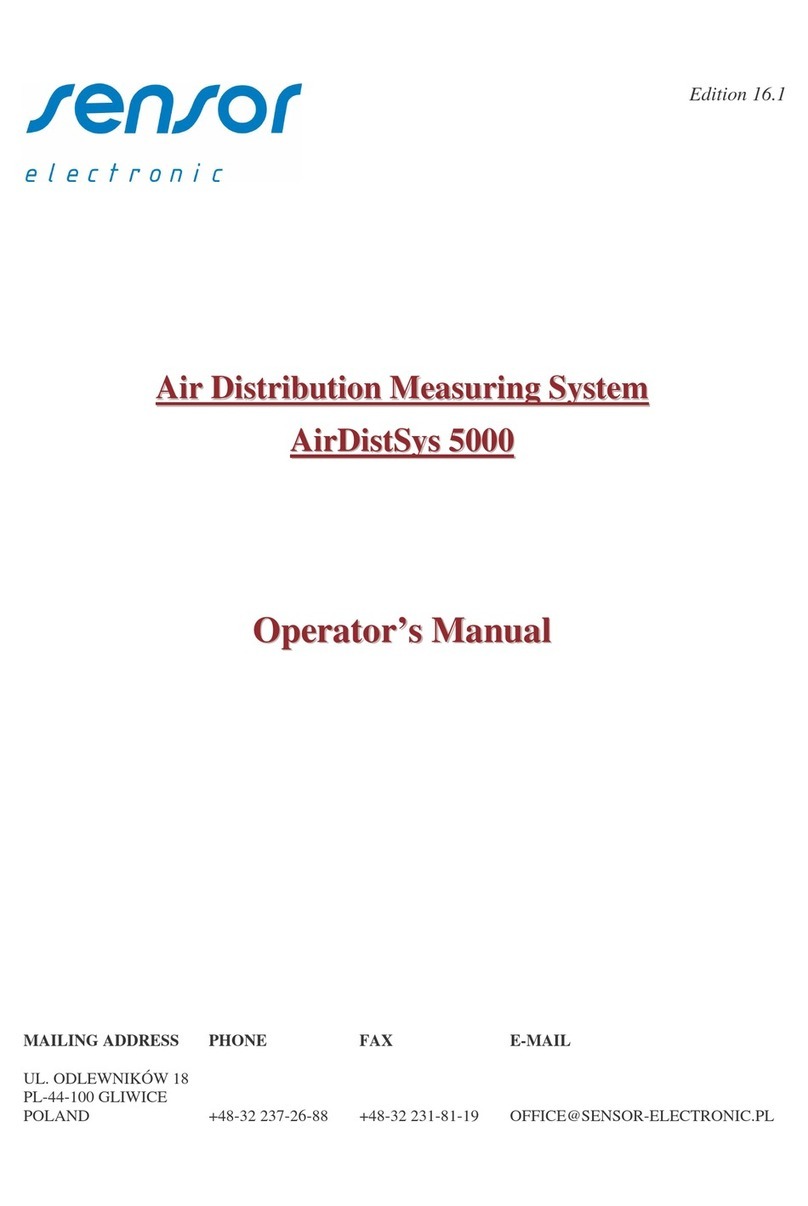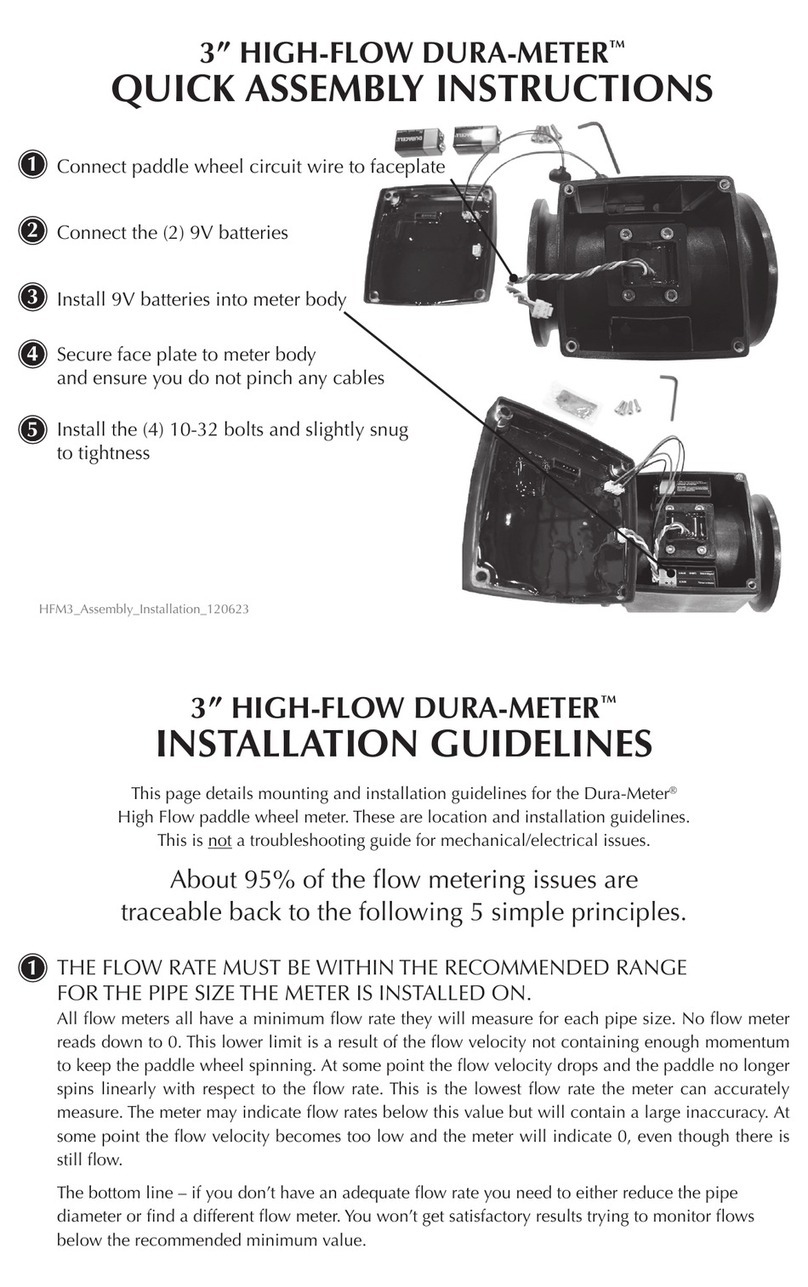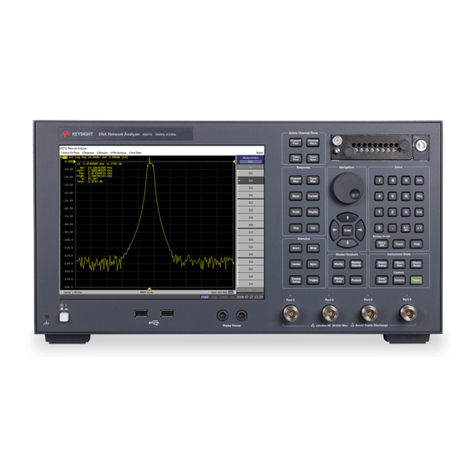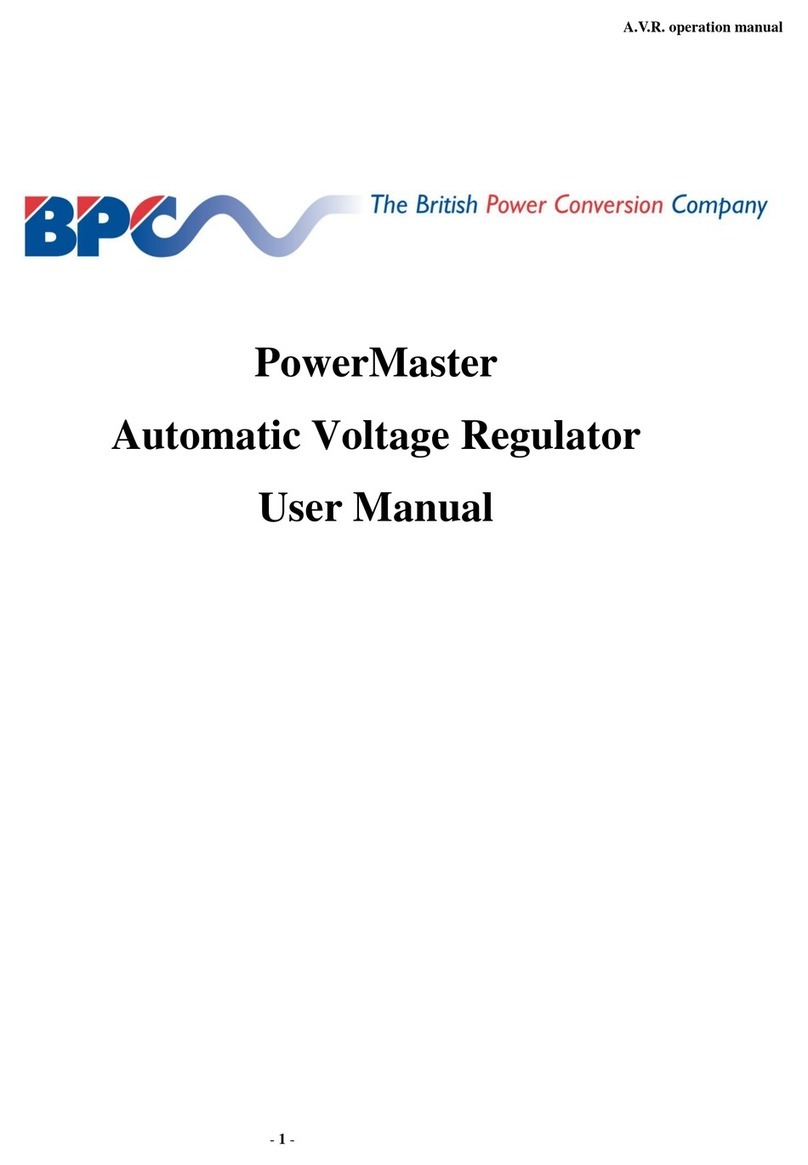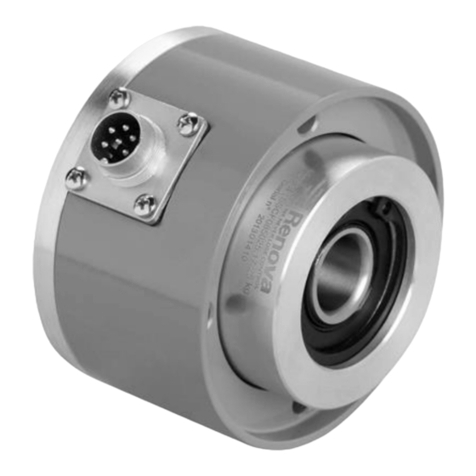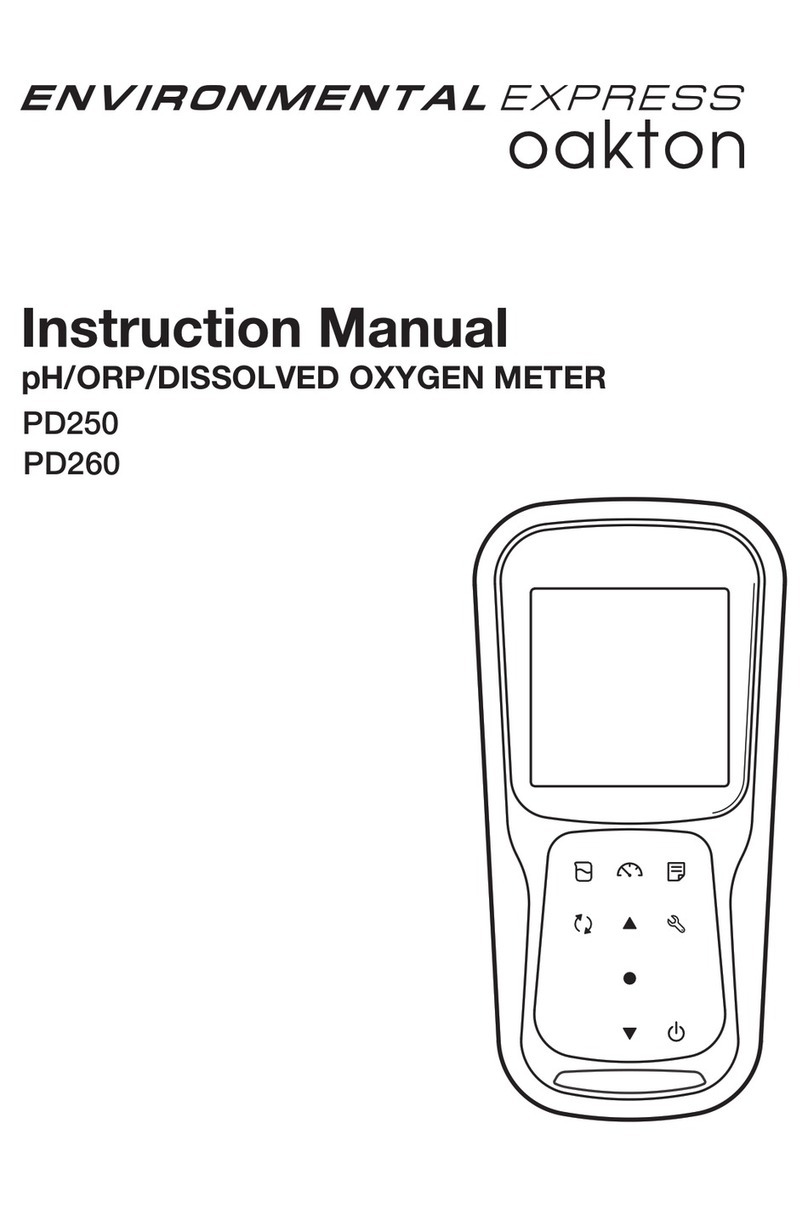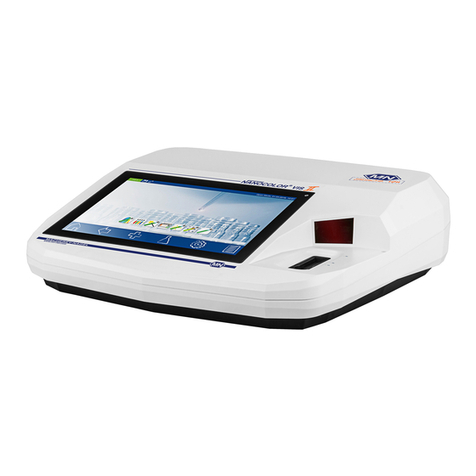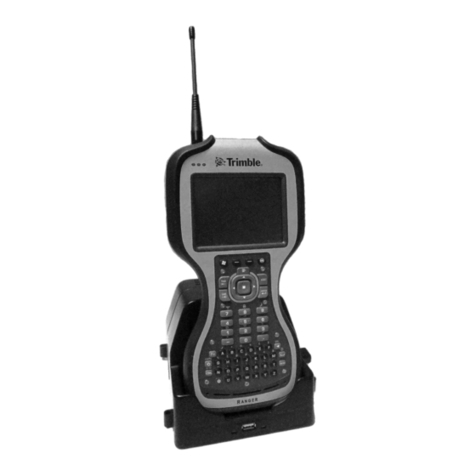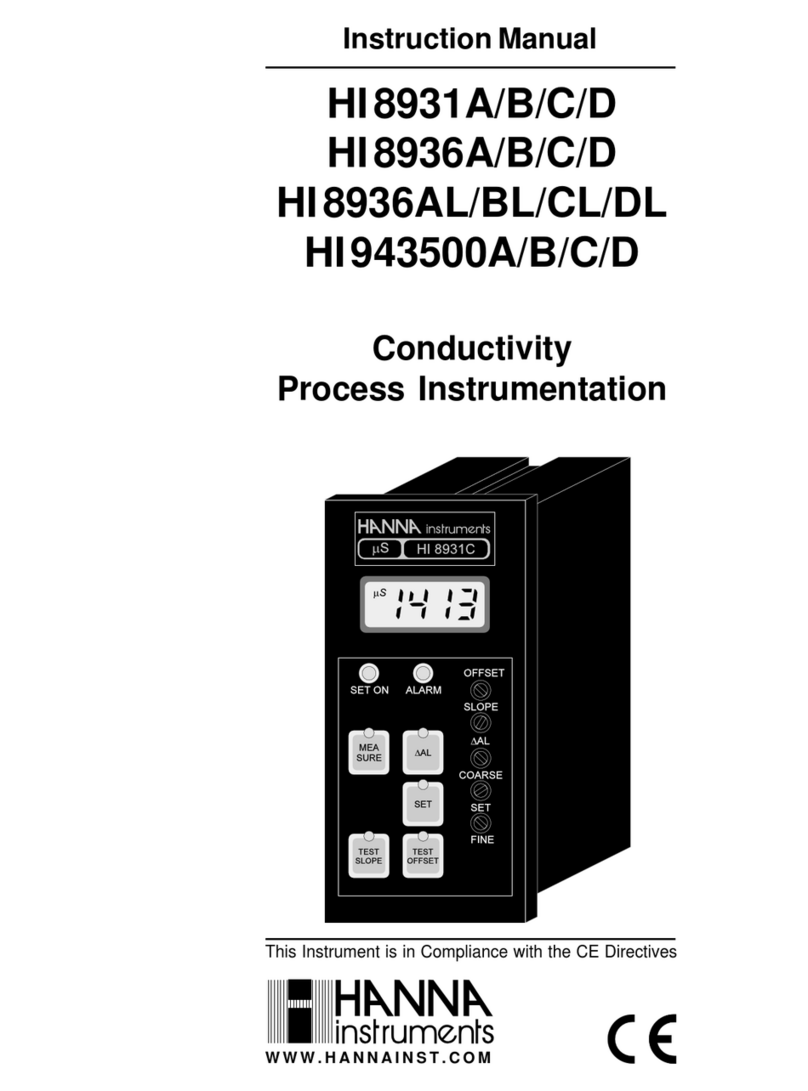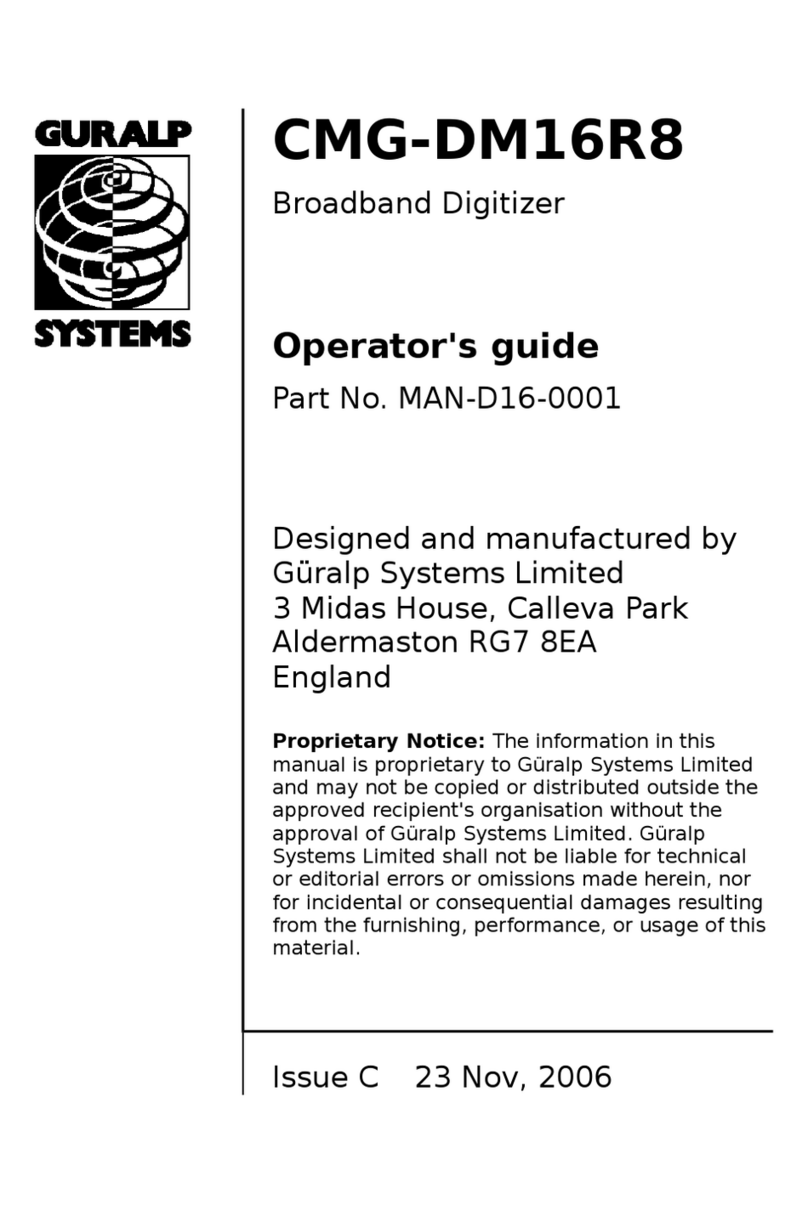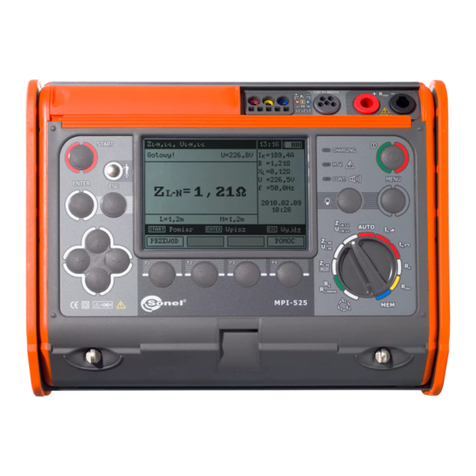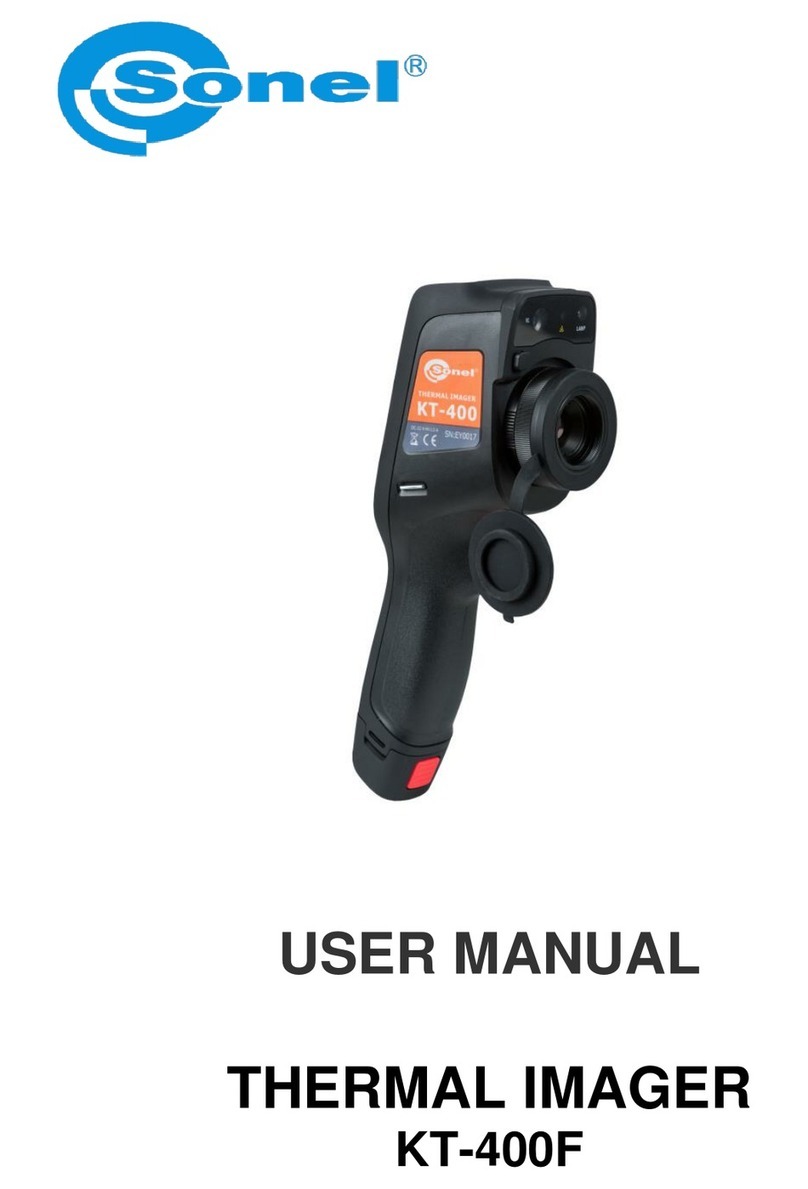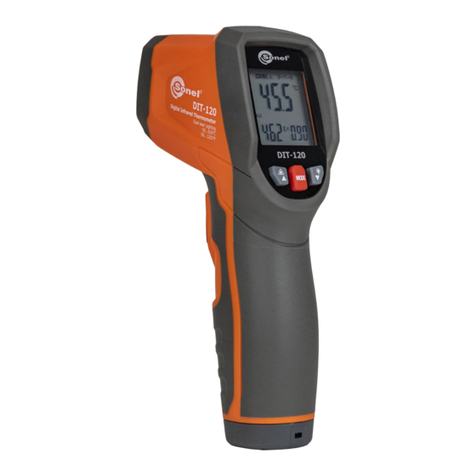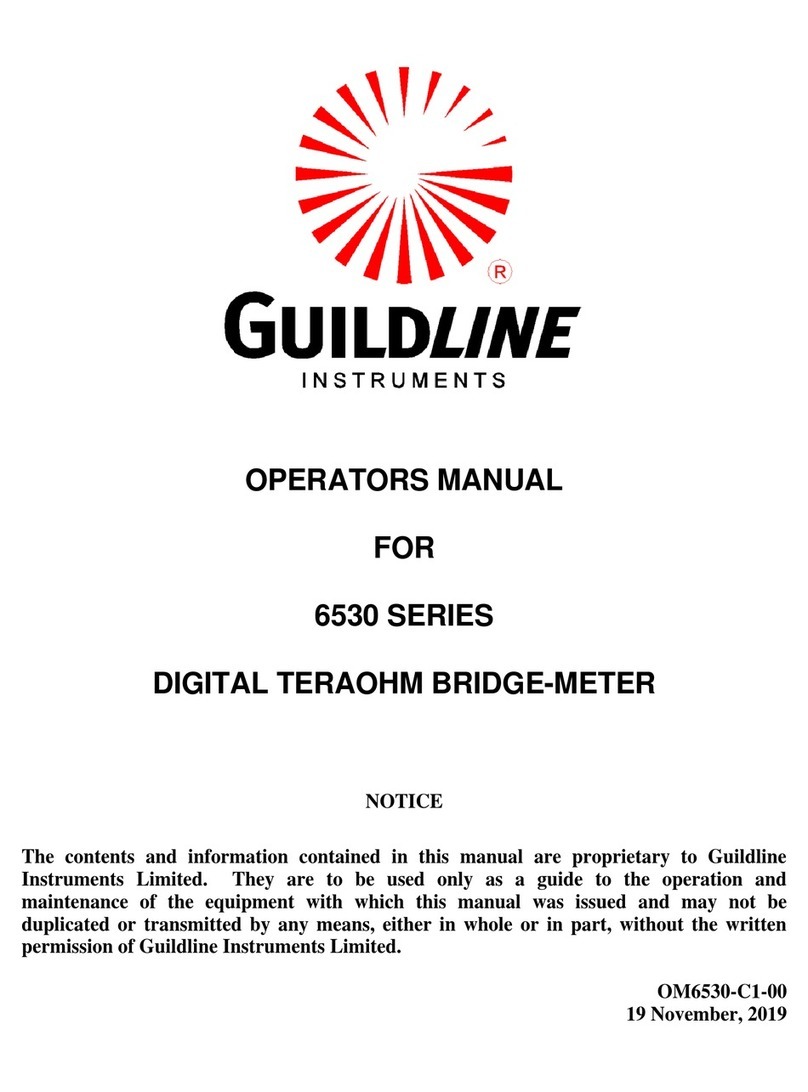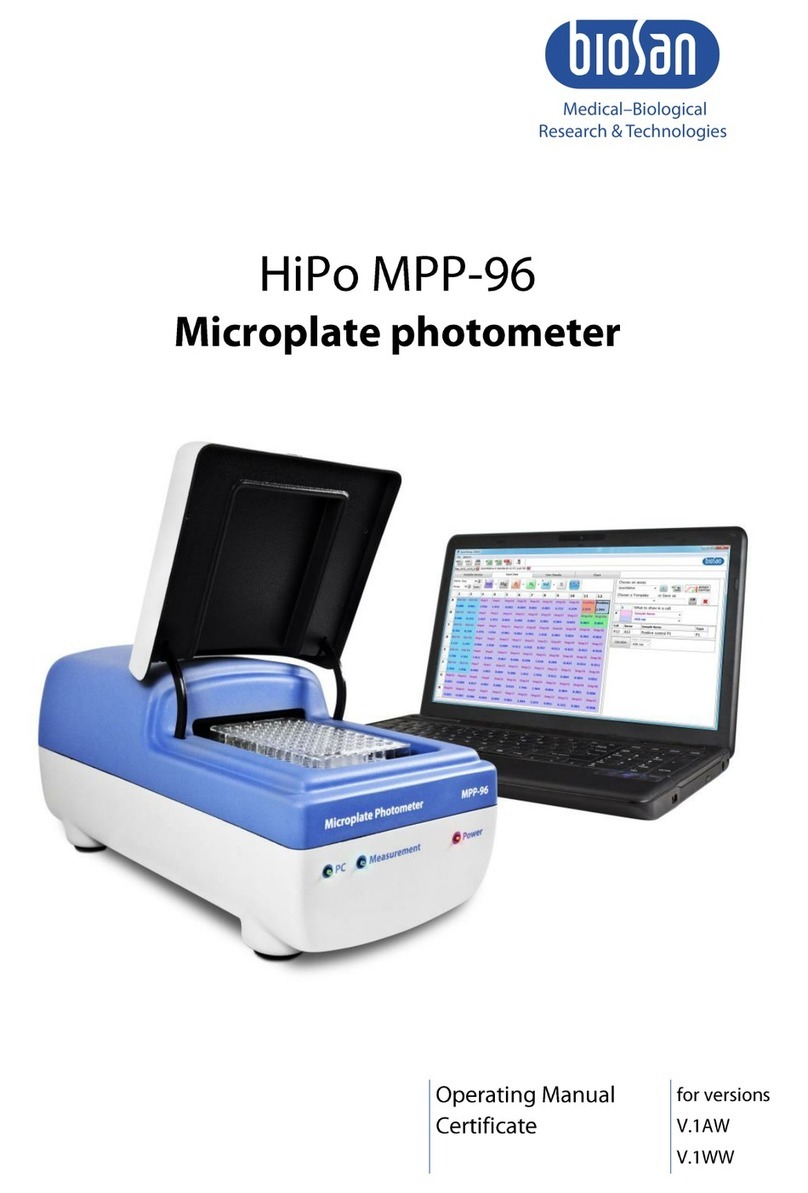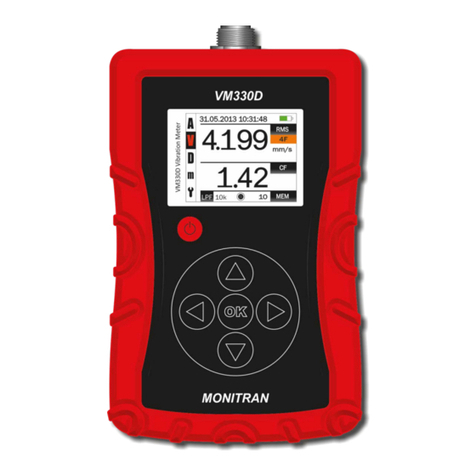
5
9.5 PLL synchronization ...................................................................................119
9.6 Flicker.........................................................................................................120
9.7 Power measurement ..................................................................................120
9.7.1 Active power .....................................................................................................121
9.7.2 Reactive power .................................................................................................121
9.7.3 Reactive power and three-wire systems............................................................124
9.7.4 Reactive power and reactive energy meters .....................................................125
9.7.5 Apparent power ................................................................................................126
9.7.6 Distortion power DBand effective nonfundamental apparent power SeN ............127
9.7.7 Power factor .....................................................................................................128
9.8 Harmonics ..................................................................................................128
9.8.1 Harmonics active power....................................................................................130
9.8.2 Harmonics reactive power.................................................................................131
9.8.3 Harmonics characteristics in three-phase system .............................................131
9.8.4 Estimating the uncertainty of power and energy measurements........................132
9.8.5 Harmonic components measuring method ........................................................135
9.8.6 THD ..................................................................................................................136
9.8.7 K-Factor............................................................................................................136
9.9 Interharmonics............................................................................................137
9.9.1 The method of determining interharmonics .......................................................137
9.9.2 Total Interharmonic Distortion - TID ..................................................................138
9.10 Unbalance ..................................................................................................139
9.11 Event detection...........................................................................................140
9.12 Detection of voltage dip, swell and interruption ..........................................142
9.13 CBEMA and ANSI curves...........................................................................144
9.14 Averaging the measurement results ...........................................................145
9.15 Frequency measurement............................................................................148
9.16 Time Synchronization .................................................................................148
9.16.1 Requirements of IEC 61000-4-30......................................................................148
9.16.2 GPS receiver ....................................................................................................148
9.16.3 Marking the measurement data.........................................................................149
9.16.4 Time Re-synchronization ..................................................................................149
10 Calculation formulas .......................................................................... 151
10.1 One-phase system .....................................................................................151
10.2 Split-phase system .....................................................................................154
10.3 Three-phase wye with N.............................................................................155
10.4 Three-phase delta and wye without N ........................................................157
10.5 Methods of parameter’s averaging .............................................................159
11 Technical specification ...................................................................... 160
11.1 Inputs..........................................................................................................160
11.2 Sampling and real time clock......................................................................160
11.3 Measured parameters – accuracy, resolution and ranges..........................161
11.3.1 Reference conditions ........................................................................................161
11.3.2 Measurement uncertainty within rated temperature range.................................161
11.3.3 Voltage .............................................................................................................161
11.3.4 Current .............................................................................................................162
11.3.5 Frequency.........................................................................................................162
11.3.6 Harmonics ........................................................................................................163
11.3.7 Interharmonics..................................................................................................163
11.3.8 Harmonics power..............................................................................................163





















